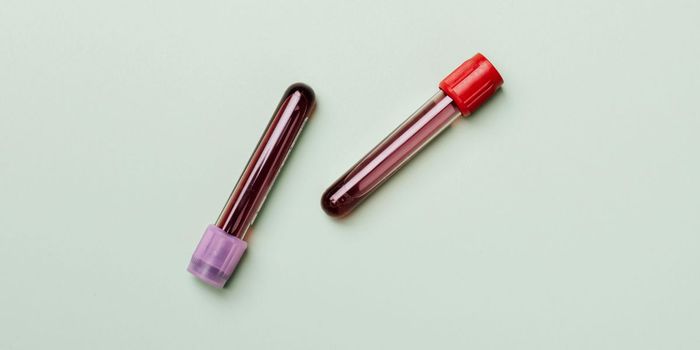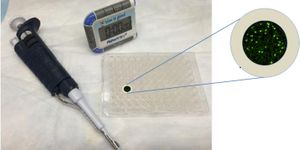While some might still consider it a deliberate choice or a character flaw, the best available scientific research says that addiction happens in the brain, and that it is a very real and physical problem that affects thousands. The most recent research to come out about addiction in the brain is a review written by scientists at the National Institute on Alcohol Abuse and Alcoholism (NIAAA), part of the National Institutes of Health (NIH). The review suggests that properly assessing addiction is the key to better treatments and proposes an assessment tool that considers more than just addiction-related behaviors and includes brain imaging, and genetic data.

The new way of assessing addiction would be known as the Addictions Neuroclinical Assessment or ANA and the experts at the NIAAA believe that the method by which a person who is addicted to a substance is assessed matters because the ANA approach fosters understanding of addiction at the physical level in the biology of the brain. Using this way of evaluating patients would lead to better treatments, individualized for each patient. The review appears online in the journal Biological Psychiatry
The ANA would look specifically at three functional processes that are thought to be most closely related to addiction. They are: altered perception of an object or event by drug-taking that makes it seem more attractive or important (incentive salience), increased negative emotional responses (negative emotionality) when drugs are no longer available, and deficits in organizing behavior toward future goals (executive functioning). The authors write that these particular processes were selected for the new criteria within the ANA based on a solid understanding of the brain biology and chemistry that is involved in addiction.
George F. Koob, Ph.D., NIAAA director and a co-author of the review stated, “The assessment framework that we describe recognizes the great advances that continue to be made in our understanding of the neuroscience of addiction. These advances underscore how much we know about the core neurobiological manifestations of addiction in people.”
Currently, when a person is classified as having an addictive disorder, the determination is made based on the substance that is being abused. While it’s true that different substances cause different symptoms in both the brain and behavior, the new framework addresses addiction in a more dimensional way with the inclusion of neuroimaging and genetic data. It provides a much more complete picture of what is happening and the more that can be learned, the better the chance that more effective treatments can be designed.
Laura E. Kwako, Ph.D., a researcher in the Office of the NIAAA Clinical Director also worked on the review and stated, “We currently approach addiction diagnosis as a ‘yes or no’ proposition. The Addictions Neuroclinical Assessment that we propose leverages knowledge of the neuroscience of addiction to identify a package of assessments that may be used to more precisely identify different subtypes of addictive disorders.”
The researchers compared their way of assessing addiction to how doctors assess cancer. In a cancer patient, information is used to assess the disease that includes imaging, cellular and molecular information along with family history. They then develop targeted or precision treatments to address the patient’s very specific case. If the same process is applied to addiction, taking into account the neurobiological factors, treatment can only improve. The video below talks about how one state has defined addiction as a disease and how medical science is backing that up
Sources:
National Institute of Health,
Business Insider,
Psychology Today Biological Psychiatry









